Two monumental symphonic poems in the history of Hungarian music and a thrilling premiere: the Liszt Fest’s concert on 23 October, The Sounds of Freedom, is promising to be full of emotion, power and catharsis.
“What is our life but a series of preludes to that unkown melody whose first solemn note is tolled by death? The enchanted dawn of every life is love. But where is the destiny on whose first delicious joys some storm does not break?… And what soul thus cruelly bruised, when the tempest rolls away, seeks not to rest its memories in the pleasant calm of pastoral life? Yet man does not long permit himself to taste the kindly quiet that first attracted him to nature’s lap. For when the trumpet sounds he hastens to danger’s post, that in the struggle he may once more regain full knowledge of himself and his strength.”
This is how Franz Liszt summed up the programme of Les Préludes. It was the third of his twelve symphonic poems and became the most popular when it was written – so much so that the composer self-deprecatingly referred to his own work as ‘Gartenmusik’, or garden music.
The genre of the symphonic poem, in which the large orchestral work is based on the narrative of a non-musical (but most often literary) work, was created by Berlioz and perfected by Liszt. The latter’s Les Préludes was inspired by the French poet Alphonse de Lamartine’s Méditations poétiques (Poetic Meditations). It was first performed in Weimar in 1854. In a single movement, divided into five sections, the work uses music to depict human destiny: mortality, amorous happiness, life’s struggles, retreat and finally victory.
The young Béla Bartók studied Liszt’s symphonic poems extensively. He was only 22 when he wrote his first work for large orchestra, the Kossuth Symphony, which was influenced by his great predecessor. Alongside this musical legacy, the young composer was also concerned with the political issues of his time, the question of Hungarian independence and the rise of patriotic ideas. At the centre of the music is Lajos Kossuth, who was a symbol of this independence for Bartók. In his commentary on the symphonic work, he wrote about it:
“1848 is one of the most remarkable years in Hungarian history: it was the year of the Hungarian War of Independence, a life-and-death struggle to free the country once and for all from the rule of the Austrians and the Habsburg dynasty. The leader and soul of the revolution was Lajos Kossuth. In 1849, the Austrians, seeing that they were being defeated time and time again by the Hungarian troops, called in the Russians, who succeeded in completely defeating the Hungarian army. Thus the Hungarian statehood was seemingly destroyed forever. These events form the basis of the programme of the symphonic poem. The work consists of ten closely related sections, each of which is explained by an inscription at the beginning.”
The symphonic poem is reminiscent of the Liszt tradition, including Les Préludes, in its ideas, themes and structure. The work begins with an introduction to the figure of Kossuth, followed by the quiet concern for the fatherland, the Habsburg tyranny, the readiness to act, the call to arms, and finally the catastrophe of defeat and the theme of silent mourning. The modern sound of Richard Strauss is mixed with Hungarian melody. The characterful wind instruments mock the Austrians, while the fortissimo of the timpani portrays the inconsolable pain of the lost war of independence.
“Kossuth is symbolized by a verbunk-like music, while the opponents are represented by a distorted version of the imperial anthem written by Haydn”
– said Gábor Hollerung, conductor of the 23 October concert.

At the premiere in 1904, Austrian musicians of the Filmharmonic Orchestra protested against the work, which mocked the Habsburg Empire, but the Kossuth Symphony – and the composer, who appeared at the premiere in Hungarian dress, was celebrated with rapturous applause by the Budapest audience. This short period in Bartók’s creative life was the only one in which he composed works, both in terms of subject matter and style, that were expected, understood and appreciated by his peers and the public. Géza Csáth wrote of him in his book The Story Garden of Music:
“He was the one who planted the art of Richard Strauss into Hungarian soil, writing the Kossuth Symphony, reinventing the forms of the genre for Hungarian music with ingenuity. When the young artist’s great work was premiered, the Hungarian audience was enthusiastic and gave Béla Bartók a long celebration, shouting, ‘Eureka!'”
The Kossuth Symphony was performed in England shortly afterwards, but despite its great success, Bartók never performed it again in his lifetime: the next time it was played was in 1961, at a concert given by Hungarian Radio in 1961.
In addition to the two great classics, contemporary works will also be performed at the Liszt Festival concert. Roland Szentpáli’s cantata, A magyarokhoz (To the Hungarians), which quotes a poem by Dániel Berzsenyi, was one of the winners of the Müpa Budapest Music Competition in 2020. Composed for solo horn, voice and additional horns, the composer was inspired by the power and topicality of the poem.
The three highly impressive and captivating works will be performed by Gábor Hollerung and the Budafok Dohnányi Orchestra at the Liszt Fest in Budapest. The concert will take place in the Béla Bartók National Concert Hall at Müpa Budapest on 23 October.
Article: Zsuzsanna Deák
Translation: Nóra Fehér


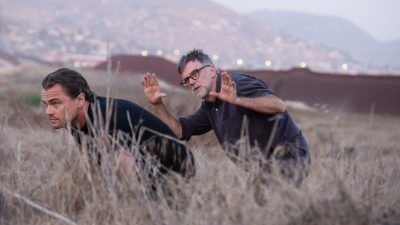




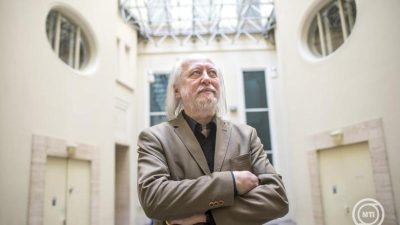





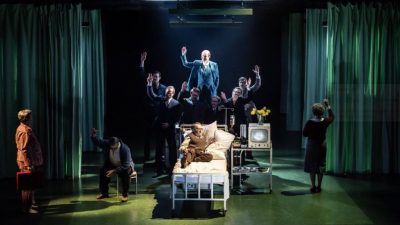
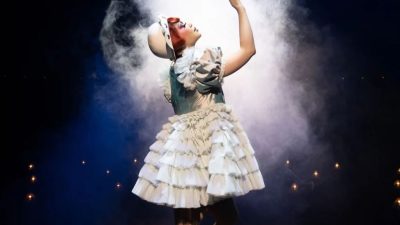
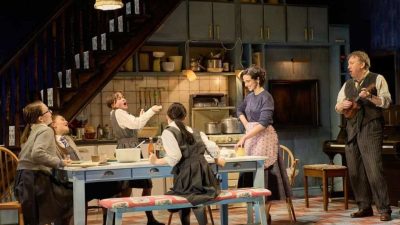









Comments